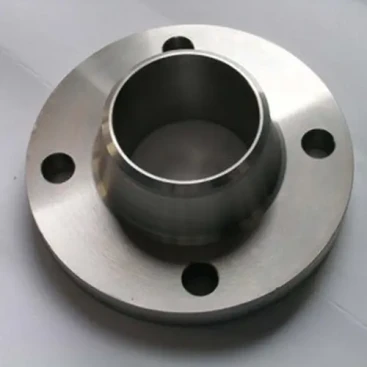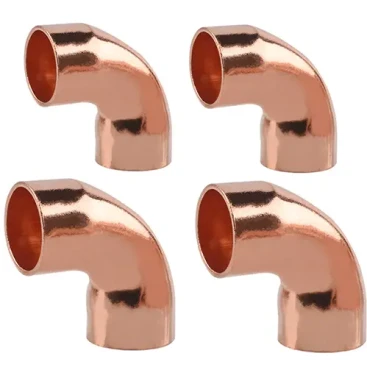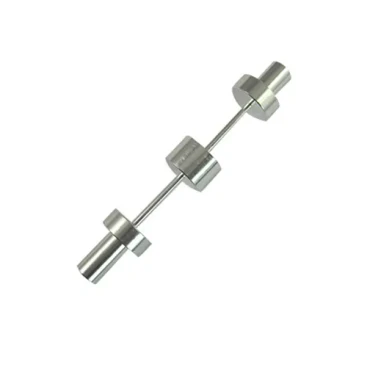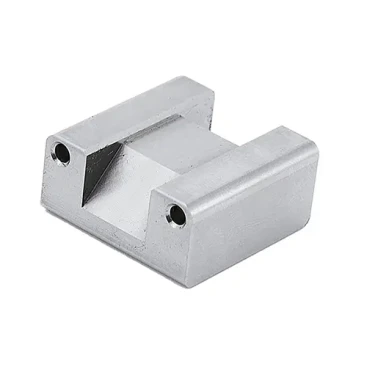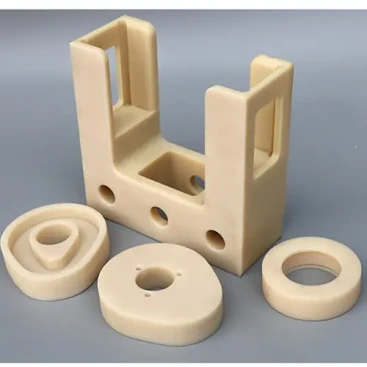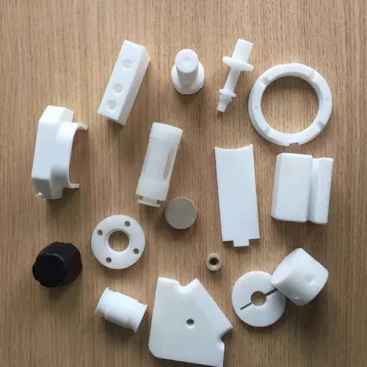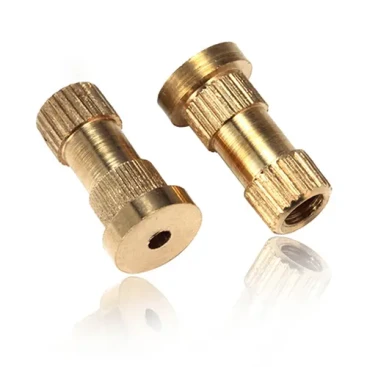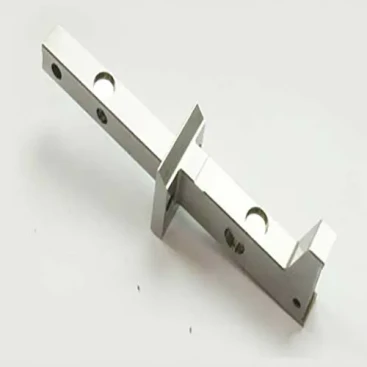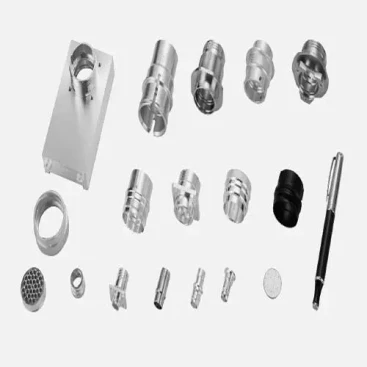Precision non-standard customized copper parts
Brand Name: Sun-Yee Precision
Certification: ISO90001,ISO13485
Minimum Order Quantity: One piece
Payment Terms: L/C, T/T
Place of Origin: GuangDong, China
Price: Quotation as required
- Description
- Inquiry
Description
Precision non-standard customized copper parts introduction
Product: Precision non-standard customized copper parts
Product Code:QSn6-6-3 Tin Bronze Bushing
Material composition and mechanical properties
Sn:5.0-7.0, Zn:5.3-7.3, Pb:2.0-3.8, Cu:residual, Al:≤0.05,Fe:≤0.3, Sb:≤0.2, Si:≤0.05.
Hardness: 120-170HB
Characteristics: good wear resistance and corrosion resistance, easy processing, casting performance and good airtightness
Uses: Wear-resistant and corrosion-resistant parts working under high loads and medium sliding speeds, such as axle tiles, bushings, cylinder liners, pistons, clutches, pumps, gland and turbines.



SUN-YEE Tech Non-standard copper parts processing steps
When customizing copper parts, you will generally go through the following steps:
- Requirements Analysis. First, customers need to define their specific needs for the copper parts, including size, shape, material (e.g. brass, purple copper), surface treatment, tolerance requirements, etc.
- Design and drawings. Based on the requirements, the engineer will use the software to design the part and generate detailed engineering drawings. The drawings will be labeled with all necessary dimensions, material specifications and machining requirements.
- Quotation and Confirmation. Based on the design drawings, the manufacturer evaluates the costs, including raw materials, machining costs, tooling costs, etc., and then provides a quotation to the customer. Once both parties agree, the contract is signed.
- Production Preparation. The manufacturer prepares the required raw materials and may need to make molds (if the part is complex in shape). Machining processes and quality control standards are also set.
- Machining and Fabrication. The actual machining of the part is performed using CNC machines, lathes, mills, drill presses, and other equipment. This step may also include heat treatment, surface treatment (e.g. plating, sandblasting, oxidizing, etc.).
- Quality Inspection. Finished parts are subject to rigorous quality checks to ensure that they meet all the requirements on the drawing. Non-conforming products are reject or reworked.
- Packaging & Delivery. Parts that pass inspection will be properly packing and then ship to the customer according to the terms of the contract.





